This Seasons Harvest of Wine Books
BILL
NESTO’S ANNUAL
REVIEW of WINE BOOKS
Malbec has
taken the shine off Merlot.
New Zealand Sauvignon Blanc dazzles while Pouilly-Fume has slid off
the table.
Wine is subject to trends and so is wine literature
|
|
Currently, there seems
to be three dominant trends in recently published wine
books. One trend is the rise of food-wine pairing books. Red
Wine with Fish (Simon & Schuster,1989) by Joshua Wesson
and David Rosengarten was the seminal book that got the ball
rolling. Joanna Simon’s Wine with Food (Simon &
Schuster, 1997) took another step forward, followed a few
years later by Fiona Beckett’s How to Match Food and Wine
(Mitchell Beazley, 2OO2). One of the newest books of this
type is Evan Goldstein’s Perfect Pairings (University of
California Press, 2OO6). Goldstein takes another step
forward by marrying his recommendations to mother-chef or
chef-mother Joyce Goldstein’s recipes. The book is a true
modern marriage between wine and food.
Another trend is
the rise of primers that use wine flavor categories to
introduce the more difficult-to-understand topics of grape
varieties and place. Fiona Beckett was the pioneer here with
Wine by Style (Diane Pub. Co.,1998). Notable follow-ups were
Andrew Jefford’s Wine Tastes Wine Styles (Ryland Peters
& Small, 2OOO) and Mary Ewing-Mulligan’s and Ed
McCarthy’s Wine Style (Wiley, 2OO5). The new kid on the
block is Vincent Gasnier’s A Taste For Wine (DK Adult,
2OO6). The rise of “wine-style” education shows that there
are many possible approaches to learning about wine. At a
given moment in history, one approach is more relevant than
another. The traditional approach to wine education was by
location. Subsequently, categorization by grape variety
became popular. Now, it’s wine-style.
The third trend
is books that mix narrative with explanation. Two current
examples are Alan Tardi’s Romancing the Vine (St. Martin’s
Press, 2OO6), an American chef’s adventures living in Barolo
country, and George M. Taber’s Judgment of Paris (Scribner,
2OO5), which recreates the historical events surrounding the
1976 blind winetasting of French and American wines. While
Tardi constructs his narrative based on his own personal
experience, Taber creates narratives based not only on his
observation but on research acquired through interviews and
outside references. Taber therefore mixes historical fact,
personal perspective and poetic license in a manner similar
to what is called historical fiction, a sub-genre of fiction
that dramatizes historical figures or events. This trend of
using drama to explain history is even more vividly
demonstrated by the new genre of docudrama (also known as
docu-drama, drama-documentary, drama-doc, or docu-fiction).
Docudrama employs the medias of film, television and theater
to explain history to the layman. Food-wine pairing books,
wine-style primers, and narratives that both entertain and
teach seem to dominate new consumer publications about wine.
These approaches are fertile ground for future generations
of wine books.
|
|
|
|
|
|
|
|
|
|
|
|
|
|
|
|
|
|
|
|
|
|
|
|

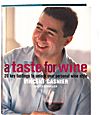 AS
AS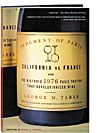 AS
AS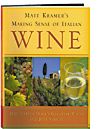 AS
AS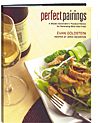 MASter
MASter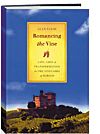 AS
AS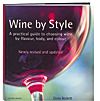 AS
AS